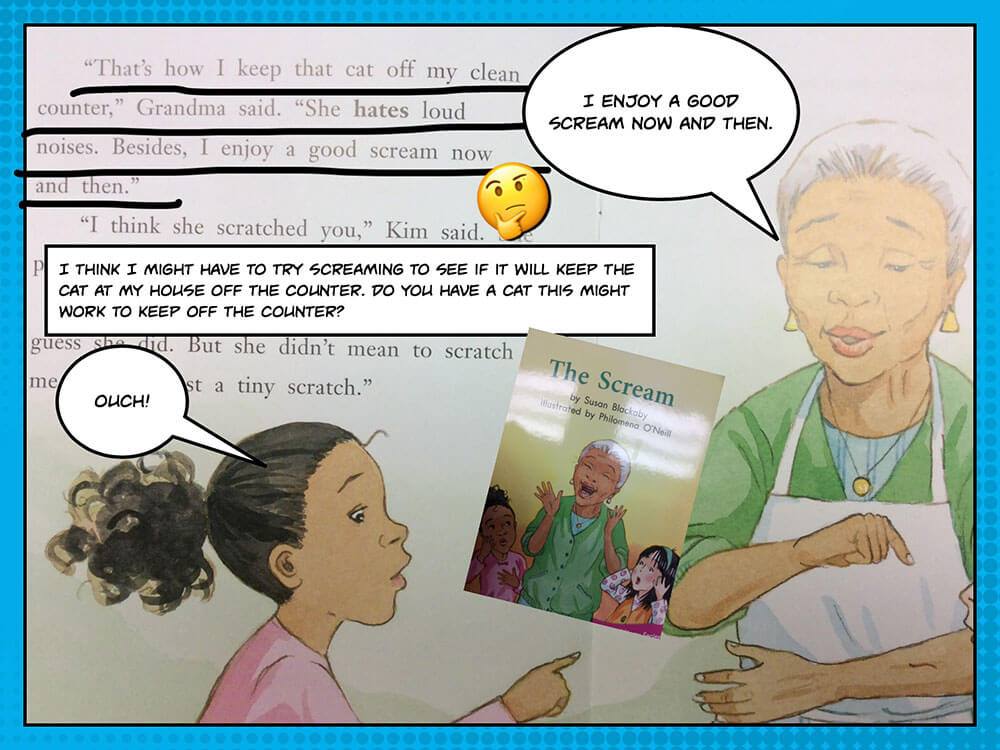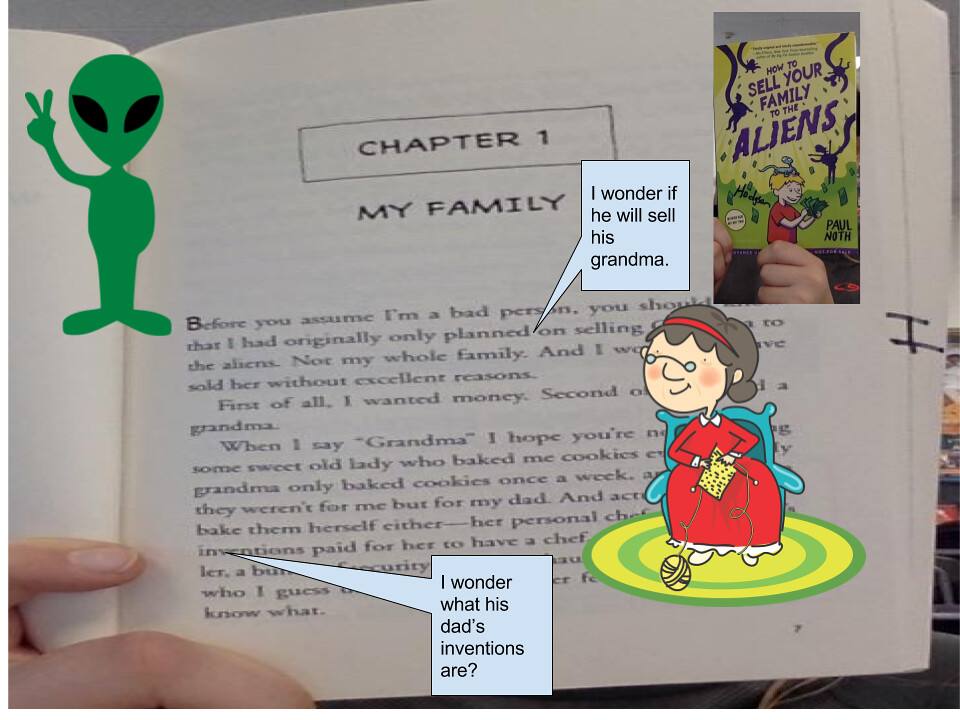Did you see School Library Journals blog entry from February 11, 2020? Titled, 18 Tech Tools for Content Creation, Coding, VR, Audio, and Video, it offers a list of digital tools. While this is, no doubt, a fantastic list, it may send the message that all we’re doing in ed tech is gathering tools. Imagine that neighbor, who when you walk into their garage, has every tool imaginable. Each is shiny, pretty, and seldom used. That sends a message, right?
The message is that collecting digital tools, a dime a dozen now, is our sole purpose in educational technology. We all have digital tools in search of instructional activities. The question is, How could we do this better?

Did You Know?
Only one of the SLJ’s tools, Microsoft Immersive Reader, has earned a research-based design product certification. The certification is new from ISTE’s EdSurge’s Digital Promise program. How are the digital tools you select for use in the classroom aligned to research?
Lesson Construction
Ready to drop a few digital tools and apps into your lesson and spice things up a bit? Before you do, however, consider whether “sprinkling” tools into popular lessons will actually add value to the learning or distract from our ultimate goal.
How Can You Tell If Digital Tools Add Value?
Does the technology we add to a lesson add value or subtract from it? One way to focus curriculum and instruction teams as they are planning lessons is to ask some questions:
- Are the lesson plan components reflecting high-effect-size (HES) instructional strategies?
- Are you focused on activities that are cool or evidence-based strategies that work?
- Do all lesson plans incorporate the teacher clarity goals strategy? How are those communicated to students?
- Which specific digital tool is proven to work best with a specific HES instructional strategy?
In my Coaching for Results series, I explore how to better answer these questions using high-effect-size instructional strategies.
Lesson Plan Components
Need an example? Let’s take a look at what is typically found in a lesson plan:
- Grade
- Subject
- Topic
- Description
- TEKS
- Technology TEKS
- 4Cs
- Resources (linked in G Suite EDU Drive document)
- Device Type (e.g. Laptop, Chromebook)
- Suggested Apps
As you can see from the list, there’s something missing, right? Let’s explore this in the context of a web-based lesson plan example.

Sample Lesson Plan
Grade Level: 3rd grade
Subject: Language Arts
Topic: Understanding and Analyzing Text
Description: Students will use Google Drawing to create a book snap. Teachers can ask students various questions or use analysis tools in the snap. iPad users can use Book Creator or the simple drawing tool on iPad. They will do that after taking a picture of their book selection.
LA TEK: Figure 19: (A) establish purposes for reading selected texts based upon own or others’ desired outcome to enhance comprehension; (B) ask literal, interpretive, and evaluative questions of text; (C) monitor and adjust comprehension (e.g., using background knowledge, creating sensory images, re-reading a portion aloud, generating questions); (D) make inferences about text and use textual evidence to support understanding; (E) summarize information in text, maintaining meaning and logical order; (F) make connections (e.g. thematic links, author analysis) between literary and informational texts with similar ideas and provide textual evidence
Technology TEK: (1)Creativity and innovation (A) create original products using a variety of resources; (B) analyze trends and forecast possibilities, developing steps for the creation of an innovative process or product; and (C) use virtual environments to explore systems and issues. (2) Communication and collaboration (A) draft, edit, and publish products in different media individually and collaboratively; (B) use font attributes, color, white space, and graphics to ensure that products are appropriate for multiple communication media, including monitor display, web, and print; (C) collaborate effectively through personal learning communities and social environments; (D) select and use appropriate collaboration tools; (E) evaluate the product for relevance to the assignment or task; and (F) perform basic software application functions, including opening applications and creating, modifying, printing, and saving files.
4Cs: Critical Thinking, Collaboration, Creativity
Resources: How to make booksnaps, Book Creator
Device Type: Laptop, Chromebook, IPAD
Let’s review this lesson in light of the questions asked earlier.
Focus on High-Effect-Size Instructional Strategies
1. Are the lesson plan components reflecting high-effect-size instructional strategies?
In the example, there is no high-effect-size instructional strategy recommended or evident. The purpose of the LA TEKS reference is to enhance comprehension. The suggested activity is a book snap. A book snap allows for a digital representation of text excerpted from a book or text. In other words, it is a way for students to summarize (0.74 effect size) a book. Visible Learning Meta X defines summarizing as relevant to reading comprehension.
Summarization can include any of the following behaviors:
- Deleting unnecessary material
- Getting rid of material that is repetitive
- Substituting a subordinate term for a list of items or actions
- Selecting a topic sentence
- Constructing a topic if one is only suggested by the text
In a book snap, you focus on selecting sentences, then you bring the characters alive or share an opinion. Depending on the type of book snap, you can also engage in metacognition (0.58 effect size):
Meta-cognition is thinking about thinking. It includes methods used to help students understand the way they learn.
As you can see, having students make a book snap with Google Drawings implies a lot. But we miss the boat if we don’t address the high-effect-size strategy. Worse, this TA:TEKS connection could be more specific. Reference the TA:TEKS connection, but list the specific actions. That is, inserting images, cropping, using digital camera, font choice, and selecting text.
How could we change the description of this lesson? Change it in a way that better reflects the high-effect size instructional strategies.
A video tutorial of how to create a book snap:
Are you focused on activities that are cool or evidence-based strategies that work?
“Book snaps are cool because they are a way to express creativity through a book. You can share how you think about a character or part of a story,” says one student in this video. (That’s a great video to watch to learn how to make book snaps, by the way.)
How long does it take to make a book snap? Would the Reciprocal Teaching (0.84) strategy work better than summarization with book snaps? If yes, why not use that approach, even if there is no technology involved?
Teacher Clarity and Digital Tools
Do all lesson plans incorporate the teacher clarity goals strategy? How are those communicated to students?
How would you craft the Teacher Clarity learning outcomes? One way is shown below:
- Today we will select sentences that best summarize a key concept in the text
- So we can learn to identify important parts of the text and get rid of parts that are extra or repetitive
- We will know we have it when we are able to briefly explain a text in a few sentences.
You may need to ask whether this lesson is surface, deep, or transfer learning oriented. Summarization and metacognition are surface learning. When you’re putting together a lesson, how could you specify the learning goal? That is, the intended goal of surface, deep, and/or transfer learning?
Which specific digital tool is proven to work best with a HES instructional strategy?
Although the HES instructional strategy is absent, the digital tool is Google Drawing. Google Slides would also work. There are many digital tools possible, but focusing on one is best practice.
The message isn’t to avoid book snaps. It’s to be intentional and up front about strategies that work. That is, explain which high-effect-size instructional strategy you are using and how that digital tool fits in. Otherwise, you may fall into the trap of chasing activities that are fun, cool, and use technology for technology’s sake. Avoid quoting entire swaths of TEKS and TA:TEKS. Instead, explain in brief what you are teaching and students are learning.

